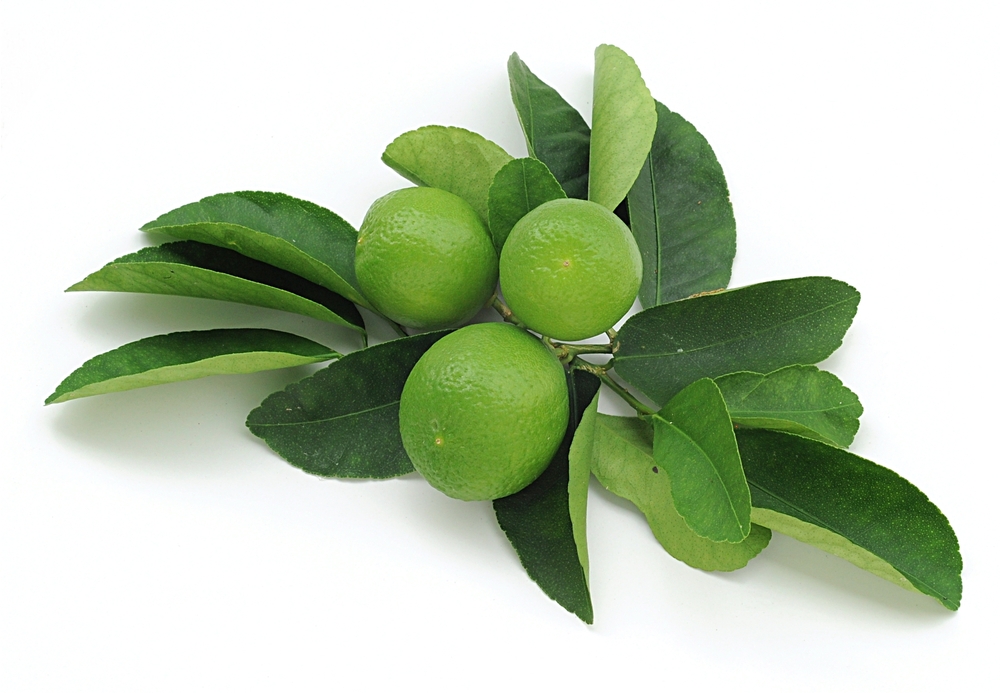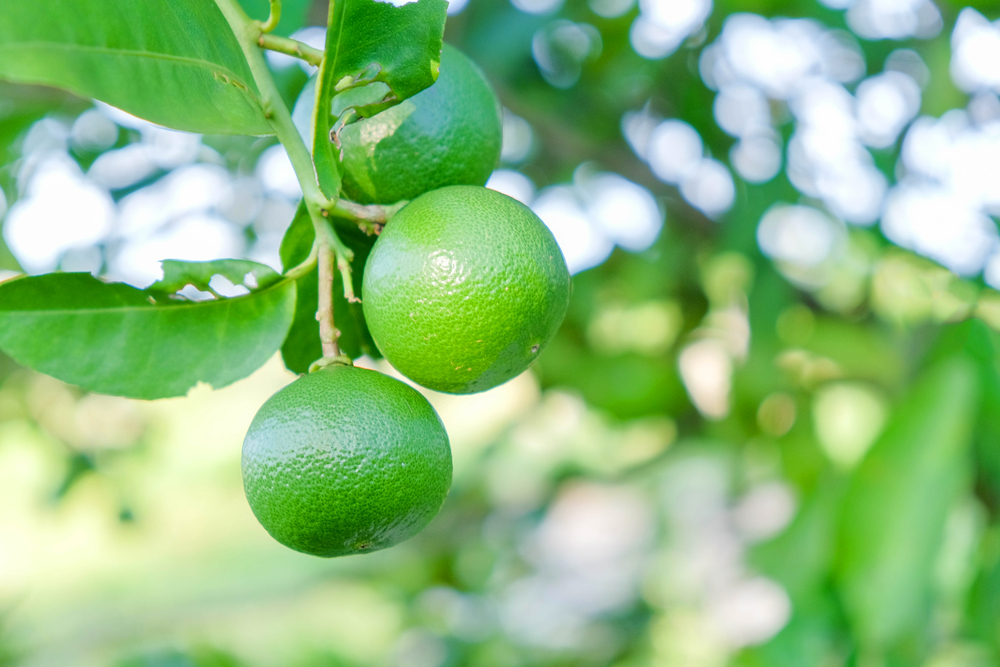Lime trees are popular citrus trees that are grown in many home landscapes. They are beautiful trees that produce delicious fruit.
There are a few things you can do to ensure your lime tree is healthy and productive, especially in the hot months of Florida. With proper care, your lime tree will provide you with years of enjoyment.
Caring for Your Lime Tree

If you’re lucky enough to have a Florida lime tree, you know that they produce some of the best-tasting limes around. But did you know that a bit of care is needed to keep your tree healthy and productive?
Here are a few tips on how to care for your Florida lime tree:
Watering
One significant task is watering. Make sure your tree is getting enough water. This step is especially significant in the Florida heat. Regular watering will prevent the tree from becoming stressed.
However, avoid overwatering and watering the leaves, as this can lead to problems such as root rot and encourage fungal growth. A good rule of thumb is to water the tree whenever the top inch of soil feels dry to the touch. In most cases, this will be once or twice per week.
Soil and Fertilization
The tree will need well-drained soil that is high in organic matter. The best way to achieve this is to mix equal parts sand, peat moss, and compost. You should also add a slow-release fertilizer to the mix. This step will provide the tree with the nutrients it needs to thrive.
Choose a fertilizer that is specific to citrus trees. Citrus-specific fertilizer will contain the essential nutrients that citrus trees need to produce healthy fruit.
Pruning
Pruning helps to encourage new growth and keep the tree healthy. Pruning should take place in the late winter or early spring. This period is when the tree is beginning to produce new growth.
How to Prune
Start by removing any dead or damaged branches. Then, trim back any branches that are crossing or rubbing against each other.
Finally, cut back any long or straggly branches. This will help to encourage new growth and keep the tree looking its best.
Protection from Pests and Diseases
Lime trees are relatively resistant to pests and diseases, but there are a few that can cause problems.
The most common pests that affect lime trees are scale insects and mealybugs. Regular applications of horticultural oil will help control these pests and prevent them from damaging or killing your tree.
Additionally, citrus greening is a common disease that affects lime trees. This disease is caused by a bacterium that is spread by insects. It can eventually kill the tree if it is not treated.
What Lime Trees Grow Well in Florida
If you’re looking for a lime tree to add to your Florida landscape, you have several options to choose from.
Key Lime (Citrus Aurantifolia)
Key lime is the most popular type of lime tree in the state and is well-suited to the warm, humid climate. Key limes benefit from full sun and well-drained soil to thrive.
A fully grown key lime tree stands anywhere from 6 ½ – 13 feet tall. It produces small, oval fruit that has a tart, acidic flavor and is often used in pies and other desserts.
Bearss Lime (Citrus Latifolia)
Bearss lime, also known as Persian lime, is another good choice for Florida gardens. The fruit is larger and juicier than key lime, with a slightly sweeter taste. Many describe it as a cross between a lemon and key lime. An added bonus is that bearss limes don’t have seeds.
Bearss lime trees are more resistant to cold damage than key lime trees, making them a better option if you live in a colder area of the state.
Kaffir Lime (Citrus Hystrix)
Kaffir lime has a strong, acidic flavor and is used in many Thai and Vietnamese dishes. The zest and leaves of the kaffir lime are also used in some cosmetics and perfumes.
With proper care, a kaffir lime tree can produce fruit for many years. The fruits are typically harvested in the late spring or early summer.
Once picked, the fruits can be stored at room temperature for several weeks. For longer storage, the fruits can be frozen or canned.
Final Thoughts
No matter which variety of lime tree you choose, it’s sure to add beauty and interest to your Florida home. With proper nutrients and upkeep, you’ll be able to keep your lime tree in healthy condition for years to come.
